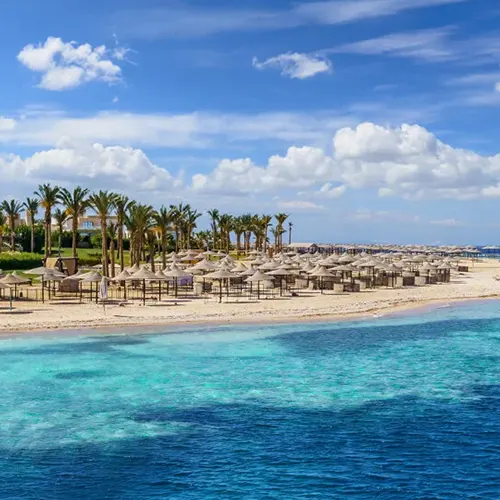
Bab Zuweila is one of the most famous sights in Islamic Cairo and El Moez Street. This gate is associated with significant historical events.
The history of Bab Zuweila was constructed by Jawhar al Siqilli during his foundation of Cairo city in 358 AH/969 AD and renovated by the vizier Badr al‑Jamali in 480 AH/1092 AD.
It is one of the eight gates of Fatimid Cairo, located on the southern wall. It overlooks El Moez Street, leading to Bab al‑Futuh at its northern wall. Only three gates remain: Bab Zuweila, Bab al‑Futuh, and Bab al-Nasr.
This gate was associated with significant historical events, as it witnessed the end of Mamluk rule in Egypt. In 922 AH/1517 AD, Selim I, the Ottoman Sultan, hanged Tuman Bay, the last Mamluk Sultan.
The design of Bab Zuweila is a gate containing two round towers; each tower has rooms for guard soldiers. Between these towers is the entrance and the door made from tin and silver plated.
Those semicircular towers are with two twin minarets. These two minarets were added in 818 AH/1415 AD when the Mamluk Sultan al-Mu’ayyad Shaykh built his mosque next to Bab Zuweila. Sultan al-Mu’ayyad Shaykh added these minarets upon the towers to appear higher and reduce construction costs.
The construction of this mosque has a story. This place was originally a prison where Al-Mu’ayyad Shaykh was accused of falsehood in a murder case. During his imprisonment, he asked his god if he escaped this problem safely and became the ruler, he would transfer this prison to a mosque.
The name of Bab Zuweila This gate comes from a Zuwayla barbarian tribe, who came with Jawhar al‑Siqilli and stayed there; it is also known as Bawabbat al‑Mitwalli. Al‑Mitwalli is an Arabic word meaning the one in charge of, as the mitwalli al‑hesba or the official in charge of finances and tax collection was based in front of Bab Zuweila.



